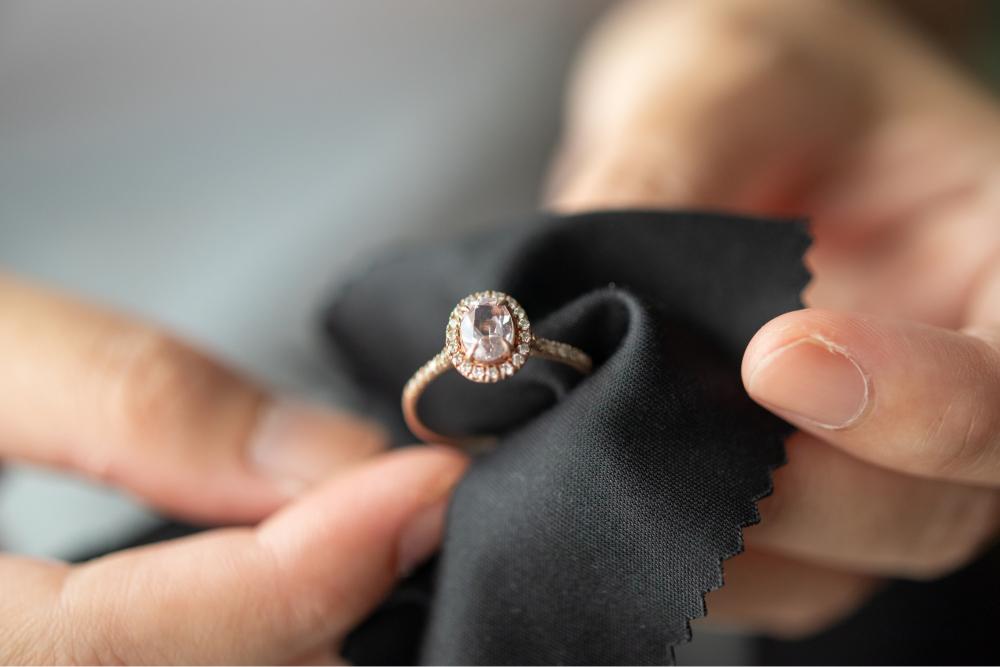For centuries, diamonds have captivated hearts with their brilliance and enduring beauty. Traditionally associated with love, commitment, and prosperity, diamond jewelry has held a special place in cultural celebrations and personal milestones. However, the world around us is constantly evolving, and the diamond industry is no exception.
Today, innovation plays an increasingly important role in shaping how diamonds are sourced, crafted, and designed. This article explores the intriguing world of diamond jewelry, where the timeless essence of tradition meets the dynamic force of innovation. By embracing both, the diamond industry can ensure its continued relevance and captivate the hearts of new generations.
1. Embracing Innovation
Innovation is breathing new life into the diamond industry, offering exciting possibilities for both consumers and the environment. One significant advancement is the development of lab-created diamonds, a recent feat in designing engagement rings. These stones possess the same physical and chemical properties as their mined counterparts, but are grown in controlled laboratory environments under extreme heat and pressure. This technology offers several advantages.
Firstly, a lab-created diamond ring often comes with a smaller environmental footprint compared to traditionally mined stones. Mining can disrupt ecosystems and displace communities, raising concerns about sustainability and ethical sourcing. Lab-grown diamonds, however, eliminate these concerns, appealing to environmentally conscious consumers.
Secondly, innovation allows for greater control over diamond characteristics. By carefully manipulating the growth process, labs can produce diamonds with specific colors, such as rare pink or blue diamonds, at a fraction of the cost of their mined counterparts. This opens doors for unique and personalized jewelry designs, catering to diverse tastes and preferences.
Furthermore, advancements in cutting and design techniques are pushing the boundaries of what’s possible with diamonds. Laser technology allows for intricate and precise cuts, maximizing a diamond’s brilliance and fire. Additionally, designers are creating contemporary pieces that blend traditional elegance with modern sensibilities, featuring geometric shapes and innovative settings. These innovative approaches ensure diamond jewelry remains relevant and captivating for contemporary audiences.

2. The Power of Tradition
Diamonds have a rich history, woven into the fabric of countless cultures and traditions. From ancient Egypt, where they were believed to represent the stars, to the enduring popularity of diamond engagement rings in the West, these precious stones have held symbolic meaning for millennia. In India, for instance, diamonds are often gifted during major life events like weddings and anniversaries, symbolizing strength, purity, and prosperity.
The power of tradition extends beyond symbolism. Diamond jewelry embodies the legacy of skilled artisans who have honed their craft for generations. The meticulous process of cutting, polishing, and setting diamonds requires years of training and a deep understanding of their unique properties. This traditional craftsmanship ensures the creation of exquisite pieces that not only boast brilliance but also possess a timeless quality.
Furthermore, diamond jewelry often carries immense sentimental value. Heirloom pieces passed down through families become tangible reminders of cherished memories and loved ones. A grandmother’s diamond necklace, for example, can transcend its material form, becoming a symbol of family history and connection, adding an emotional layer to its beauty.
3. Striking the Balance
Balancing tradition and innovation in diamond jewelry presents both challenges and opportunities. Some consumers prefer traditional pieces for their classic aesthetics and sentimental value. Meanwhile, others are attracted to the ethical and sustainable qualities of lab-created diamonds and modern designs.
However, rather than viewing them as opposing forces, tradition and innovation can be seen as complementary aspects that can work together to strengthen the diamond industry. For instance, renowned jewelry houses have incorporated lab-created diamonds into select collections while maintaining their commitment to timeless design and exceptional craftsmanship. This approach allows them to cater to a wider range of customers while upholding their brand heritage.
Similarly, independent designers are reimagining classic diamond cuts and settings with a modern twist. For example, a jeweler might showcase a traditional solitaire engagement ring with a lab-created diamond set in a contemporary, geometric band. This fusion of tradition and innovation creates unique pieces that resonate with both sentimental value and modern aesthetics.
Ultimately, striking the balance lies in recognizing the importance of both aspects. Consumers can select diamond jewelry that mirrors their personal values and tastes. This might include a classic heirloom piece with a generational history or a lab-created diamond ring that represents sustainability and ethical sourcing.
Conclusion
The diamond jewelry industry stands at a unique crossroads between cherished tradition and the exciting path of innovation. The historical depth and emotional resonance of traditional diamond pieces anchor them in our cultural and personal narratives. Yet, the forward thrust of innovation presents a compelling vision for the future. This blend of old and new broadens the appeal of diamond jewelry across diverse consumer groups and ensures its enduring relevance in an ever-evolving world.
Moving forward, the key for the industry lies in balancing respect for tradition with a willingness to innovate. This balance will captivate new generations, ensuring the diamond jewelry legacy shines on, enriched by its deep historical roots and the exciting possibilities of innovation.






